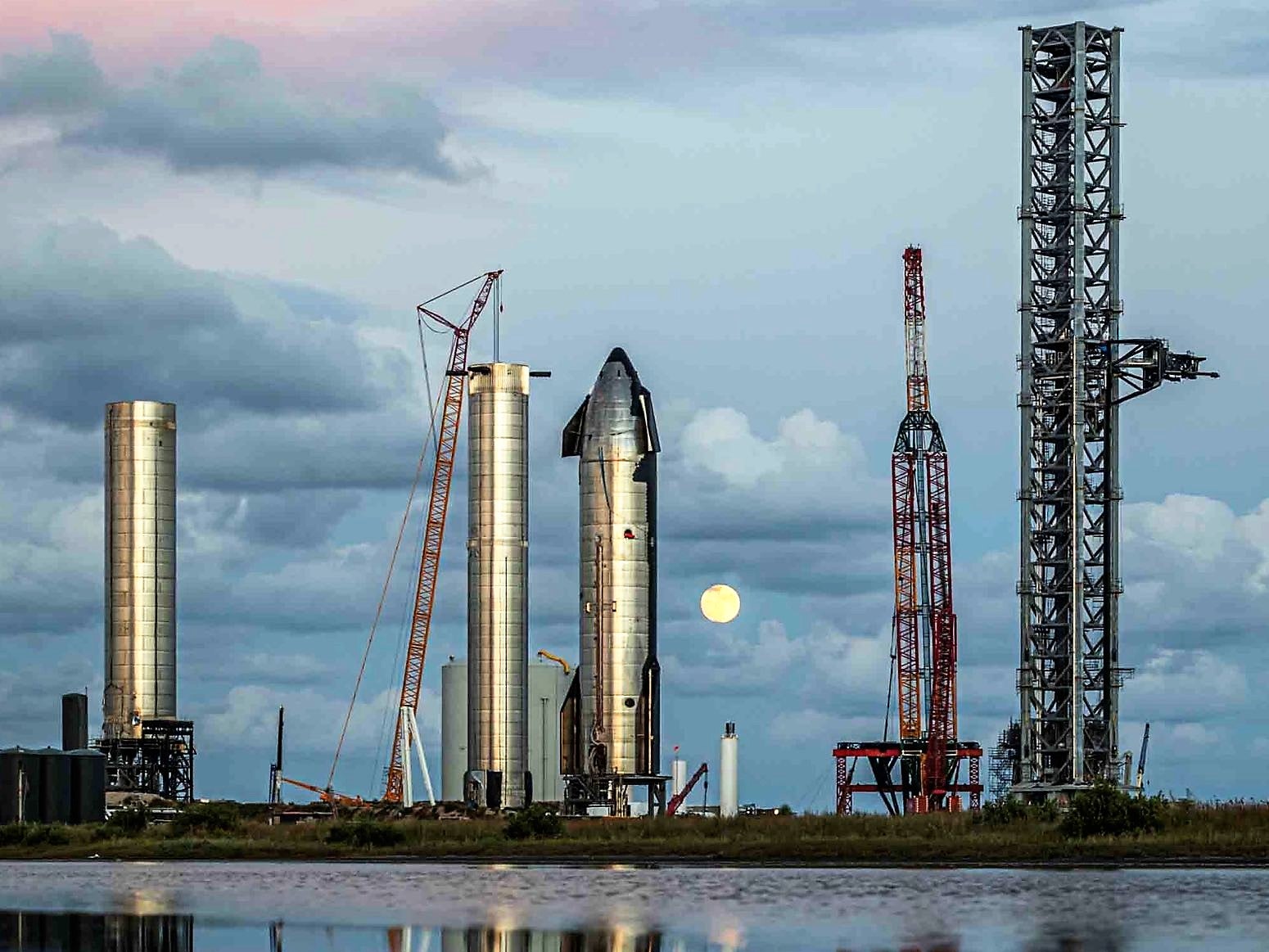SpaceX Starship nears launch date after successful test of Mars-bound deep space SN20 engine, Elon Musk says
Largest rocket ever built will fly from Texas to Hawaii in November

Your support helps us to tell the story
From reproductive rights to climate change to Big Tech, The Independent is on the ground when the story is developing. Whether it's investigating the financials of Elon Musk's pro-Trump PAC or producing our latest documentary, 'The A Word', which shines a light on the American women fighting for reproductive rights, we know how important it is to parse out the facts from the messaging.
At such a critical moment in US history, we need reporters on the ground. Your donation allows us to keep sending journalists to speak to both sides of the story.
The Independent is trusted by Americans across the entire political spectrum. And unlike many other quality news outlets, we choose not to lock Americans out of our reporting and analysis with paywalls. We believe quality journalism should be available to everyone, paid for by those who can afford it.
Your support makes all the difference.SpaceX will launch its next-generation Starship SN20 rocket next month after successfully testing its deep space Raptor Vacuum engine, Elon Musk has confirmed.
The launch will be the first orbital flight for the Mars-bound craft, which is being built to transport people and cargo around the Solar System.
Previous Starship prototypes have performed high-altitude flight tests from SpaceX’s Starbase facility in Boca Chica, Texas, but the next stage of development requires a massive Super Heavy rocket in order to propel it to orbit.
The November test will see Starship SN20 launch from Starbase before separating from the booster rocket and touching down 90 minutes later off the coast of Hawaii.
SpaceX will attempt to catch the Super Heavy rocket using “robot chopsticks” attached to the launch tower – named ‘Mechazilla’ by Mr Musk – that will guide it back down onto the pad.
“If all goes well, Starship will be ready for its first orbital launch attempt next month, pending regulatory approval,” Mr Musk announced on Friday.
Orbital flights require a launch license from the US Federal Aviation Administration (FAA), with the authority previously proving a hindrance to launches of previous Starship prototypes.
The Raptor Vacuum engines are a variation of the Raptor engines used in previous tests, featuring a much larger nozzle compared to their seal-level counterparts.
They will provide thrust for Starship’s upper stage when there is negligible atmospheric pressure.
SpaceX shared a video on Sunday showing the latest progress of its Starship craft, titled ‘Gateway to Mars’. It included clips of the main Starship craft being attached to the Super Heavy booster rocket, measuring 120m (400ft) when connected together.
The two rocket stages are capable of delivering roughly 100,000kg to low Earth orbit, according to SpaceX’s calculations, while producing around 70 meganewtons of thrust off the pad – approximately double that of the famous Saturn V rockets used to launch humans to the Moon during Nasa’s Apollo missions.
SpaceX signed a multi-billion dollar deal with Nasa earlier this year to build Starship rockets for the US space agency’s Artemis program, which aims to return humans to the Moon in 2024.
Eventually, the craft could carry up to 100 people on missions to Mars and beyond, with SpaceX planning to build up to 100 new Starship rockets every year.


Join our commenting forum
Join thought-provoking conversations, follow other Independent readers and see their replies
Comments